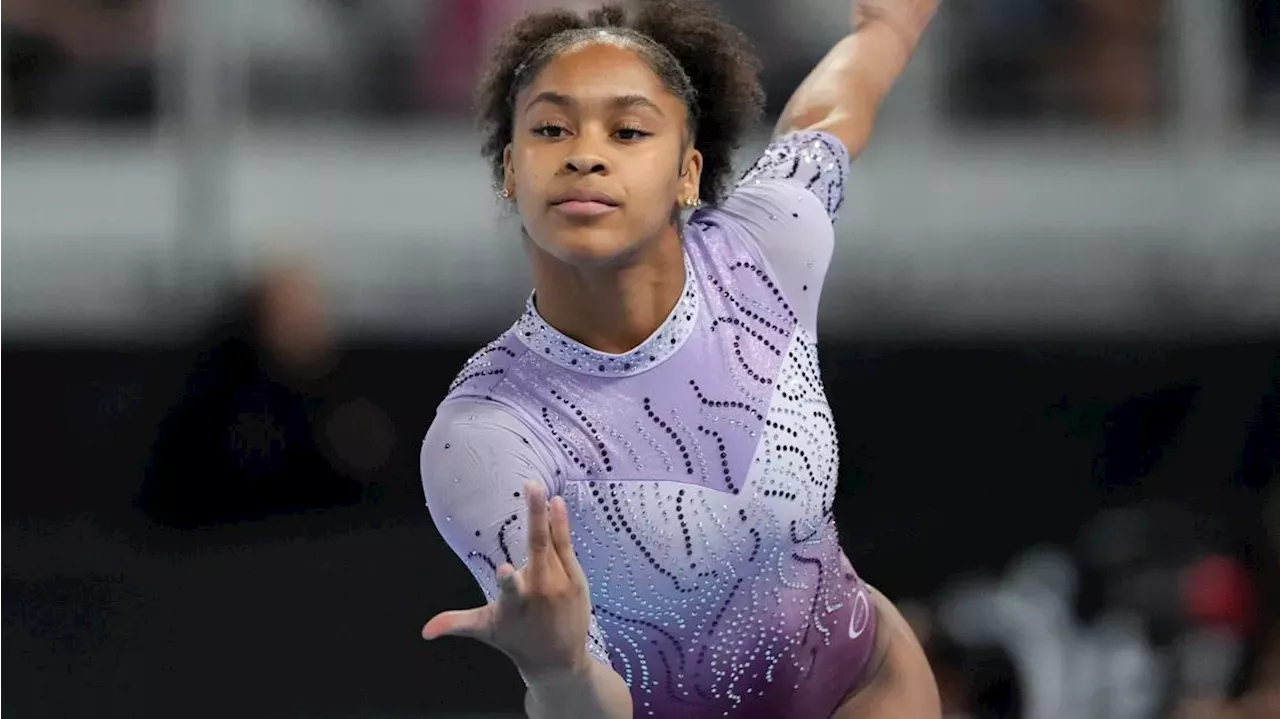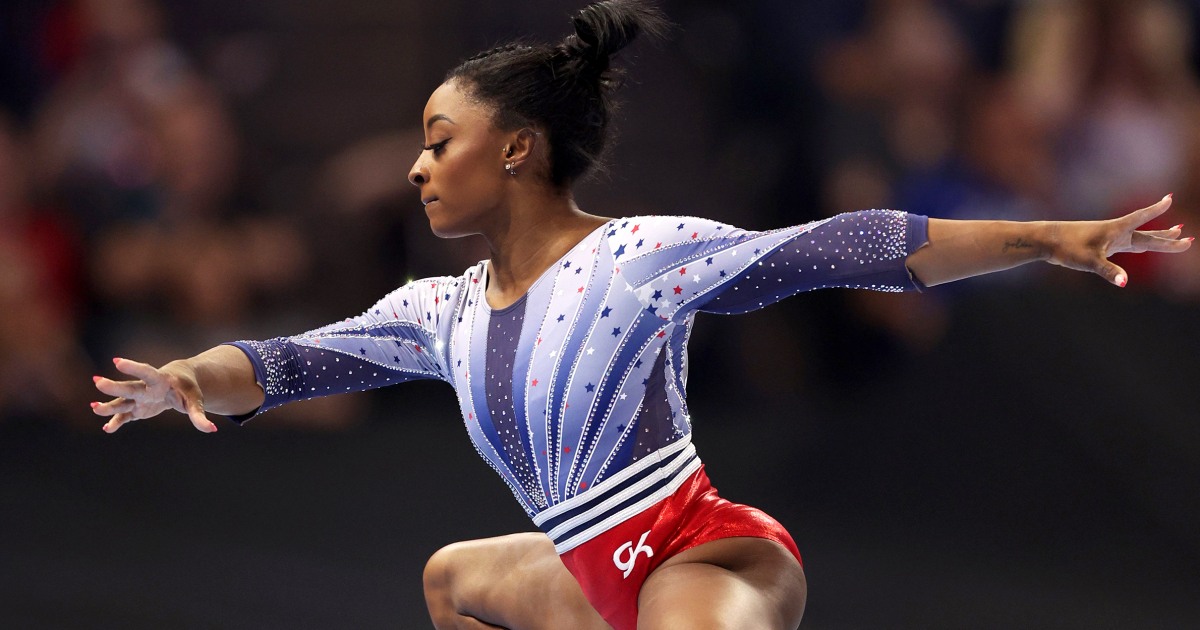Common Gymnastics Injuries

Gymnastics injuries – Gymnastics is a physically demanding sport that requires strength, flexibility, and coordination. As a result, gymnasts are at risk for a variety of injuries, including sprains, strains, fractures, and dislocations.
The most commonly injured areas of the body in gymnastics are the ankles, knees, wrists, and shoulders. Sprains and strains are the most common types of injuries, followed by fractures and dislocations.
Overtraining, improper technique, and falls are the most common mechanisms of injury in gymnastics.
Sprains
Sprains are injuries to ligaments, the tough bands of tissue that connect bones together. Sprains can range from mild to severe, depending on the severity of the ligament damage.
The most common sprains in gymnastics are ankle sprains and wrist sprains. Ankle sprains occur when the ankle is twisted or rolled, while wrist sprains occur when the wrist is bent or twisted.
Strains
Strains are injuries to muscles or tendons, the tough cords of tissue that connect muscles to bones. Strains can also range from mild to severe, depending on the severity of the muscle or tendon damage.
The most common strains in gymnastics are hamstring strains and quadriceps strains. Hamstring strains occur when the hamstring muscles in the back of the thigh are overstretched or torn, while quadriceps strains occur when the quadriceps muscles in the front of the thigh are overstretched or torn.
Fractures, Gymnastics injuries
Fractures are breaks in bones. Fractures can be caused by a variety of factors, including falls, direct blows to the body, and overuse.
The most common fractures in gymnastics are wrist fractures and ankle fractures. Wrist fractures occur when the wrist is bent or twisted, while ankle fractures occur when the ankle is twisted or rolled.
Dislocations
Dislocations are injuries in which a bone is forced out of its normal position in a joint. Dislocations can be caused by a variety of factors, including falls, direct blows to the body, and overstretching.
The most common dislocations in gymnastics are shoulder dislocations and elbow dislocations. Shoulder dislocations occur when the shoulder is forced out of its socket, while elbow dislocations occur when the elbow is forced out of its joint.
Impact of Gymnastics Injuries on Athletes

Gymnastics injuries can have a profound impact on athletes, not only physically but also emotionally and psychologically. These injuries can affect training, competition, and overall athletic performance, potentially altering an athlete’s career trajectory.
Physically, gymnastics injuries can range from minor sprains and strains to severe fractures and dislocations. These injuries can cause pain, swelling, and decreased range of motion, making it difficult for athletes to perform their skills and train effectively.
Emotional and Psychological Impact
In addition to the physical toll, gymnastics injuries can also take a significant emotional and psychological toll on athletes. Injuries can lead to feelings of frustration, disappointment, and even depression. Athletes may feel like they are letting themselves and their team down, and they may worry about the impact of the injury on their future career.
Impact on Training and Competition
Gymnastics injuries can also have a major impact on training and competition. Athletes who are injured may have to miss training sessions or competitions, which can set them back in their progress. They may also have to modify their training regimen, which can affect their performance.
Impact on Career Trajectory
In some cases, gymnastics injuries can even end an athlete’s career. This can be a devastating blow, both for the athlete and for their team. Injuries can also affect an athlete’s ability to earn scholarships or pursue a career in professional gymnastics.
Case Studies
There are many examples of gymnasts who have experienced injuries that have had a major impact on their careers. One example is Dominique Dawes, who won a gold medal in the team competition at the 1996 Olympics. Dawes suffered a serious knee injury in 1997, which forced her to miss the 1998 World Championships. She was able to return to competition in time for the 2000 Olympics, but she was never able to regain her previous level of performance.
Gymnastics is a physically demanding sport that can lead to various injuries. These injuries can range from minor sprains and strains to more serious ones like fractures and dislocations. The height of a gymnast can also play a role in their risk of injury.
For example, taller gymnasts may be more likely to experience stress fractures in their legs, while shorter gymnasts may be more prone to ankle sprains. Jordan Chiles , a prominent American gymnast, stands at 5’2″ and has faced her share of injuries throughout her career.
However, she has overcome these challenges and continues to inspire young gymnasts around the world.
Gymnastics is a demanding sport that requires immense strength and flexibility. However, it also comes with a high risk of injuries. One of the most common injuries in gymnastics is ankle sprains. These can occur due to sudden changes in direction or landing awkwardly.
Another common injury is wrist fractures, which can happen when gymnasts fall on their hands. Even elite gymnasts like Suni Lee, who stands at an impressive suni lee height , are not immune to these injuries. Despite their rigorous training and experience, they still face the risk of sprains, strains, and fractures.